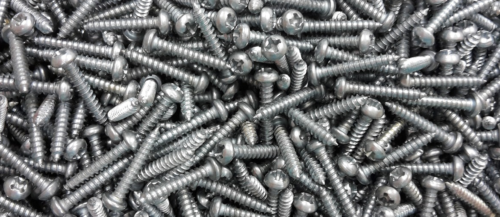If you're a newcomer to the world of stainless steel fixings, then the system of grading the metal can be a little confusing. Two of the most popular and versatile grades are 304 and 316; the differences between the pairs are explained in our grade guide below.
Visually, there is no difference between grade 304 and grade 316 stainless steel. They are polished in the same way and, to be exactly certain which grade is which requires a physical testing process. This process is normally carried out by the producing mill but BS BS Fixings re-test all of our metal just to be on the safe side, ensuring that we always deliver the highest quality products to our customers.
Grade 304
This grade of metal is composed of steel, chromium (18%) and nickel (8%). It is a grade particularly low in carbon content, making it particularly versatile and the standard choice for many applications. Grade 304 stainless steel is resistant to oxidation and corrosion and is durable in most ordinary situations. Available with a wide variety of finishes, this grade of stainless steel is known by various names, including '1.4301', 'A2' and 'AISI304'.
Grade 316
Grade 316 stainless steel includes less chromium (16%) in its chemical composition but extra nickel (10%) and a touch of molybdenum (2%). Displaying superior resistance to corrosion and other chemical attack, grade 316 is particularly suited to demanding environments and is often selected when extra durability is required, e.g. when used outdoors. It is also easier to work with, from fabrication and welding to cleaning and finishing. The higher initial cost as compared to grade 304 is more than offset by its enhanced durability.
For more detailed information on stainless steel grades and advice on which to choose for best results, get in touch with our expert technical team.





